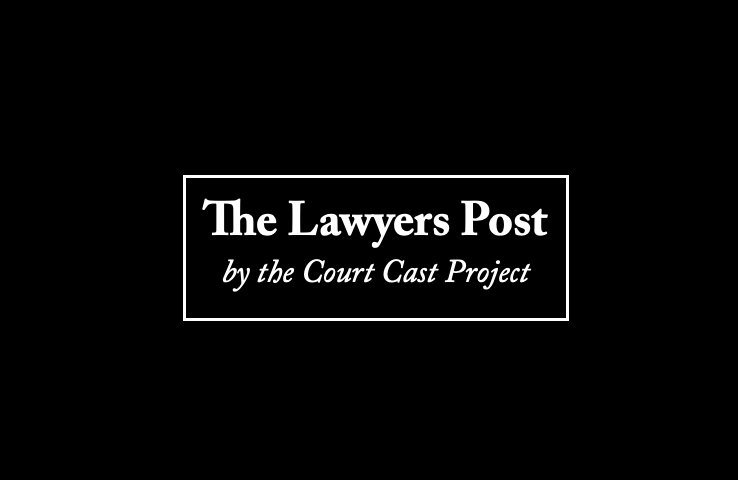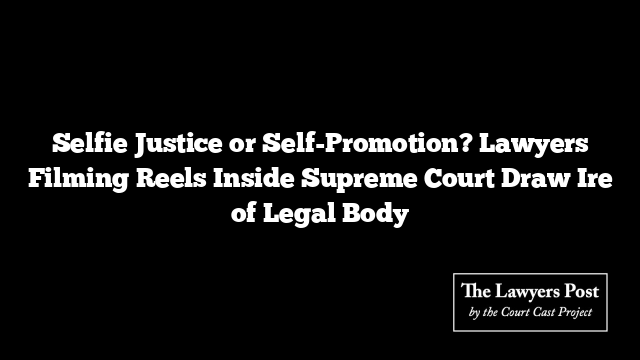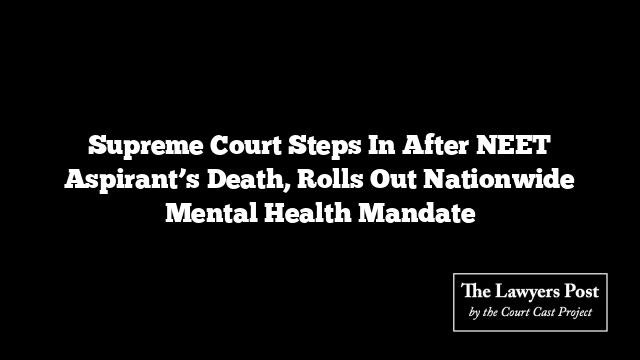The quiet solemnity of India’s highest court may soon clash with the click of a phone camera. A stern letter from the Supreme Court Advocates-on-Record Association (SCAORA) to Chief Justice of India BR Gavai has fired a warning shot at the rising tide of social media content being filmed on sacred judicial ground.
SCAORA isn’t mincing words. It calls the trend “alarming” — lawyers turning parts of the Supreme Court premises, including high-security zones, into makeshift stages for Instagram reels, YouTube videos, and promotional clips. The complaint? A swelling stream of visuals featuring court corridors, official-looking backdrops, and even snatches of live-streamed proceedings, often uploaded with a curious blend of legal jargon and subtle self-promotion.
And it’s not just about aesthetics. SCAORA says many of these videos violate core principles of the legal profession — from flaunting personal contact details to covert solicitation — all in direct defiance of Bar Council of India Rules. Some creators toss in disclaimers, claiming educational intent, but SCAORA isn’t buying it. The result, it says, is a blurring of the line between awareness and advertising.
Worse, some of the reels clip out moments from live courtroom feeds, a move that risks not only misrepresenting judicial processes but spinning them into sensationalized, misleading content. The letter expresses grave concern that these short clips—often ripped from context—are being weaponized for likes and follows, at the cost of public trust.
And it’s not fringe elements doing this. The Association highlights that even Advocates-on-Record (AoRs) — a group that bears enhanced responsibility and exclusive rights to file in the top court — are among the participants.
The letter pulls no punches, listing specific actions it wants the Chief Justice to take:
- A total ban on photography, videography, and social media content creation within court premises — especially inside high-security zones — unless officially sanctioned.
- A reassertion of the bar against legal solicitation in any form.
- A clampdown on the circulation of courtroom footage outside of authorised Supreme Court platforms.
- Disciplinary measures against violators, with a sharp focus on the conduct of AoRs.
The message wasn’t just a top-down appeal. An attached letter signed by 42 members of the legal fraternity echoes these concerns. It urges internal regulation from within the Bar community itself and flags how these “content creators” — some in robes and bands — often spread misinformation or use misleading titles to attract attention.
The communication has also been forwarded to the Bar Council of India and the Bar Council of Delhi, signaling a broader institutional push to stop the Supreme Court from morphing into a backdrop for legal influencers.
In a time where attention is currency, the tug-of-war between court decorum and digital spectacle is escalating. The question is whether the court will put a lid on this practice — or if the next viral clip will come from the echoing halls of justice itself.





